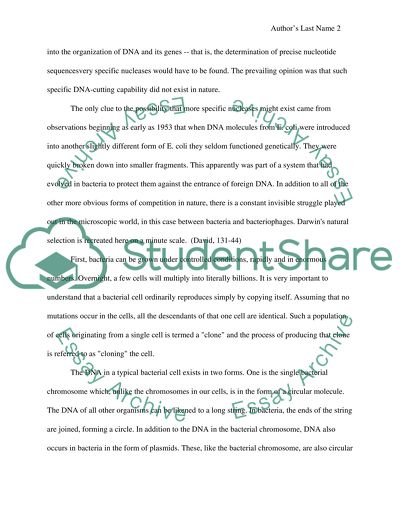Cite this document
(“The Efficacy And Advantages Of Inserting Foreign Genes Into The Essay”, n.d.)
Retrieved from https://studentshare.org/miscellaneous/1532425-the-efficacy-and-advantages-of-inserting-foreign-genes-into-the-chloroplastic-genome-instead-of-the-nuclear-genome
Retrieved from https://studentshare.org/miscellaneous/1532425-the-efficacy-and-advantages-of-inserting-foreign-genes-into-the-chloroplastic-genome-instead-of-the-nuclear-genome
(The Efficacy And Advantages Of Inserting Foreign Genes Into The Essay)
https://studentshare.org/miscellaneous/1532425-the-efficacy-and-advantages-of-inserting-foreign-genes-into-the-chloroplastic-genome-instead-of-the-nuclear-genome.
https://studentshare.org/miscellaneous/1532425-the-efficacy-and-advantages-of-inserting-foreign-genes-into-the-chloroplastic-genome-instead-of-the-nuclear-genome.
“The Efficacy And Advantages Of Inserting Foreign Genes Into The Essay”, n.d. https://studentshare.org/miscellaneous/1532425-the-efficacy-and-advantages-of-inserting-foreign-genes-into-the-chloroplastic-genome-instead-of-the-nuclear-genome.


